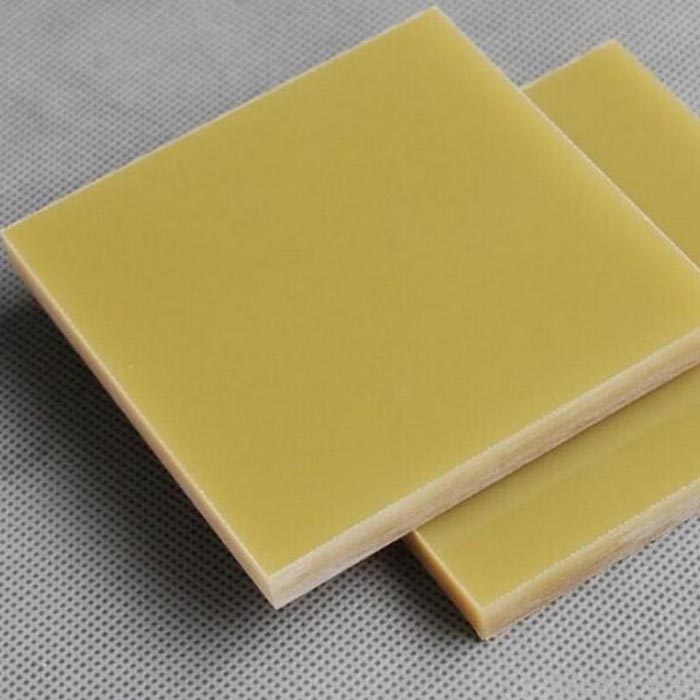1.Sample thickness: When the insulating plate material is very thin, the breakdown voltage is proportional to the thickness, that is, the electrical strength has nothing to do with the thickness. When the thickness of the insulating material increases, it will be difficult to dissipate heat, impurities, bubbles and other factors will make the electrical strength reduce.

2.Temperature: Above room temperature, the electric strength decreases with the increase of temperature.
3.Humidity: Moisture has entered the insulating material. The electrical strength is reduced.
4.Voltage application time: The electrical strength of most organic materials for insulating boards decreases with the extension of the voltage application time. During the test, the boost speed is fast and the electrical strength is high, and the stepwise boost or slow boost voltage has a longer action time, which can better reflect the thermal effect and the existence of defects such as internal air gaps in the material. Therefore, the general test method stipulates that the impulse boost method is not adopted, but the continuous boost or stepwise boost method is adopted.
5.Mechanical stress or mechanical damage: The electrical strength of the insulating material will be reduced after mechanical stress or mechanical damage. Laminate sample processing should avoid strong damage as much as possible, use milling instead of wounds, and control the processing feed to be small.
6.Sample: The sample must not be contaminated, and the thin insulating plate sample must not be wrinkled. Will reduce the breakdown voltage.
7.Water or carbon dust in transformer oil: If the sample is to be tested for breakdown in transformer oil, the transformer oil should meet the standard requirements. Over time, the transformer oil will absorb moisture and have multiple breakdowns of residual carbon powder, which will reduce the breakdown voltage of the sample. Transformer oil should be treated or replaced in due course.
评论
发表评论